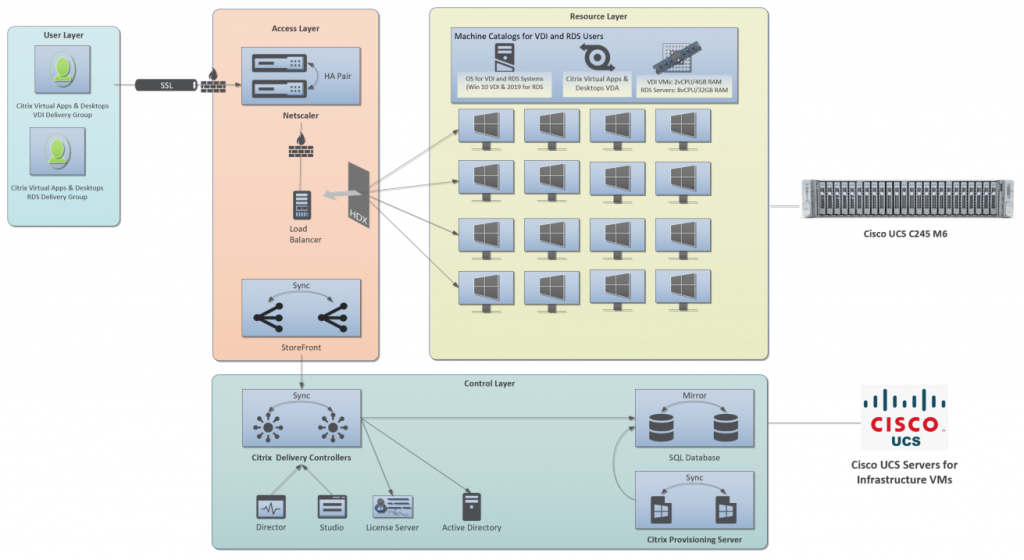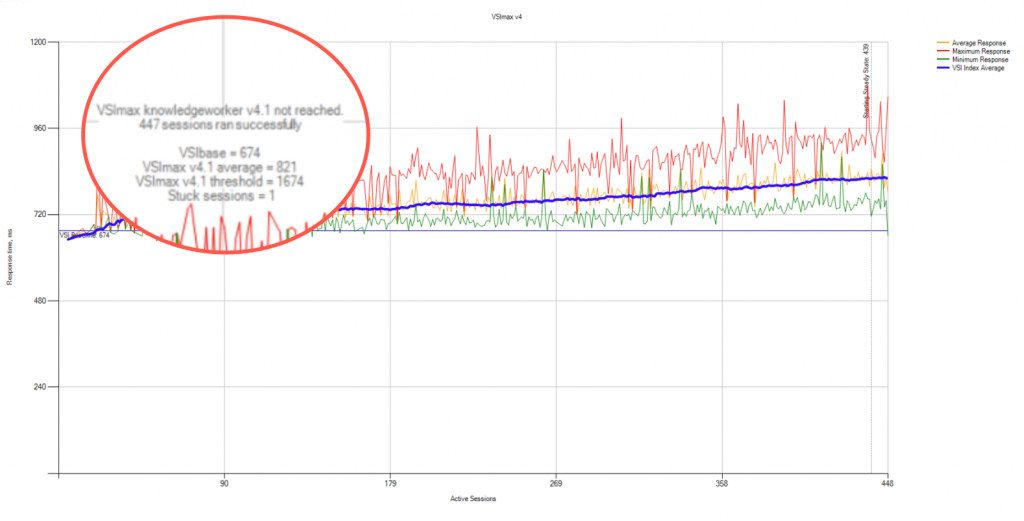When you were a kid watching the TV show Star Trek, did you ever think Captain Kirk (William Shatner) would really travel to space? Yet, last month, William Shatner became that oldest person to ever fly in space at 90 years old! A new standard had been set for space travel.
TO BOLDLY GO WHERE NO PROCESSOR HAS GONE BEFORE!
In 2021, AMD released their 3rd Gen AMD EPYC™ Processor family (formerly known as “Milan”) in 2021. This processor family, that ranges from 8-64 cores, is designed to drive some of the most popular IT workloads. It would be hard to argue that any workload has been more popular the past 18 months than Virtual Desktop Infrastructure (VDI).
In simple terms, VDI is an architecture where all of the company’s applications and data are housed on a dedicated system or infrastructure located within their data center. Each user can remotely access their applications and workloads using their laptop, phone or tablet. All data is housed and maintained within the data center. VDI offers customers many advantages including:
• Improved security by keeping sensitive data off devices
• Reduced IT operational expenses from outsourced end-user support
• Increased employee productivity gains
• Simplified desktop provisioning
• Improved employee collaboration
3rd Gen AMD EPYC Series Processors are built on the new “Zen 3” core and AMD Infinity Architecture with 128-160 lanes of industry-leading PCIe® Gen 4 I/O, 7nm x86 CPU technology, and an integrated security processor on die. AMD EPYC 7003 CPUs provide up to 32MB of L3 cache per core, 4-6-8 memory channel interleaving designed for better economies and performance in multiple DIMM configurations, plus synchronized clocks between fabric and memory. This processor delivers world record performance across a growing array of systems and workloads (more on this in a future blog?) but just how well does it perform when driving the most common VDI workloads?
VDI users fall into three general use cases that help with sizing and performance calculations:
• Task Users, such as call center workers.
• Knowledge Workers, such as professional or office workers like myself.
• Power Users, such as architects, engineers, and animators who use very intensive graphical applications that normally require a GPU.
Cisco wanted to estimate the number of Knowledge Workers that we would recommend for customers to deploy on a single C245 M6.
In Cisco’s lab we set up an environment (see chart below) where we can use a VDI workload replication tool from Login VSI to easily ramp up the Knowledge Worker desktops and see how the server and processor perform.

“We can’t push it any faster captain!”
Initially, we hoped for a “cruising” speed of a couple of hundred simultaneous desktops. But just as the Starship Enterprise could easily speed to “warp factor 4” and beyond, we kept adding users to the test bed. To our amazement, we were able to drive over 400 Knowledge Worker desktops on a single C245 M6 server!
This kind of density and performance offers tremendous opportunities for organizations to consolidate servers and lower TCO while boosting performance.

The performance of AMD now brings us to another question. Just because you can put over 400 users on to a single server, should you? As Task Users require less memory per user compared to your typical Knowledge User this becomes an ever more important question, one that we will leave to a future BLOG to discuss. For now, check out the details to this testing here.
What is the best system or Starship to run your VDI on?
Let’s face it there are many good system options to choose from. Cisco offers a full array of choices to consider many of which have been documented in Cisco Validated Designs that show an ability to scale to over 5,000 desktops. Many factors can impact this choice and the configuration of your system(s). The type and number of users, estimated growth rates, memory allocated per user, applications and their complexity etc. As you consider the options, however, you need to take a look at what the latest AMD based C245 M6 can deliver. It could be the answer to your VDI challenge and help your team reach for the stars.
Resources:
Whitepaper: “AMD EPYC Processor Characterization for VDI on Cisco C245 with Citrix Virtual Apps and Desktops 1912 LTSR”
Nice blog John